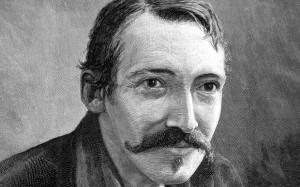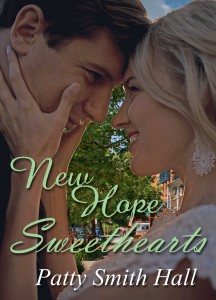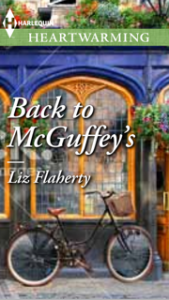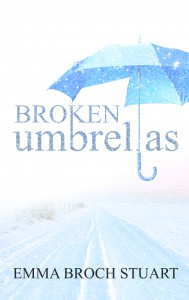We remember Robert Louis Stevenson, a Scottish novelist, for Treasure Island, Kidnapped, and The Strange Case of Dr. Jekyll and Mr. Hyde. But even a little research reveals another legacy this author left us.
Stevenson lived only forty-four years, became a literary celebrity during his brief lifetime, and ranks among the 26 most translated authors in the world. Literary geniuses Hemingway, Kipling, Jack London, and Arthur Conan Doyle admired his works, and G.K. Chesterton declared that Stevenson “seemed to pick the right word up on the point of his pen, like a man playing spillikins.’
Robert loved to travel, and fell in love with a married American woman in France. Eventually, she returned to the States, divorced her husband, and married Robert. He gained two stepsons in this marriage, and the couple continued to seek adventures in California, Hawaii, and Samoa.
Perhaps not the perfect example of piety, but neither was King David–and millions still read both men’s writings. Stevenson still exhibited faith. During these days between Christmas and New Year’s, I consider the winter storm bearing down on the route we’ll soon travel to Arizona, and his Christmas prayer informs me.
“Loving Father, Help us remember the birth of Jesus, that we may share in the song of angels, the gladness of the shepherds, and the worship of the wise men. Close the door of hate and open the door of love all over the world. Let kindness come with every gift and good desires with every greeting.
Deliver us from evil by the blessing which Christ brings, and teach us to be merry with clean hearts. May the Christmas morning make us happy to be Thy children, and the Christmas evening bring us to our beds with grateful thoughts, forgiving and forgiven, for Jesus’ sake, Amen!”
Acknowledging the world’s hate and evil, Stevenson prayed for deliverance and “… to be merry with clear hearts …” What does this mean? Perhaps to face evil and hate head-on, yet still find joy. 
Stevenson knew pain first-hand, since he suffered from hemorrhaging lungs and lived only to the age of forty-four. He wrote many of his best manuscripts from bed, including Treasure Island, conjured after drawing a map for his son. First serialized in a magazine, this story captivated young readers’ hearts.
Since Stevenson’s death in 1894, evil and hate continue to have a heyday. But this author’s prayer still calls us to share the angels’ song and marvel with the shepherds and wise men.
As we enter a new year, his words fit this hurting world’s needs–and ours, to be realistic, prayerful, grateful and forgiving. To be merry with clear hearts–and to use our creative gifts to the best of our ability.
Sounds like a goal for 2016!







